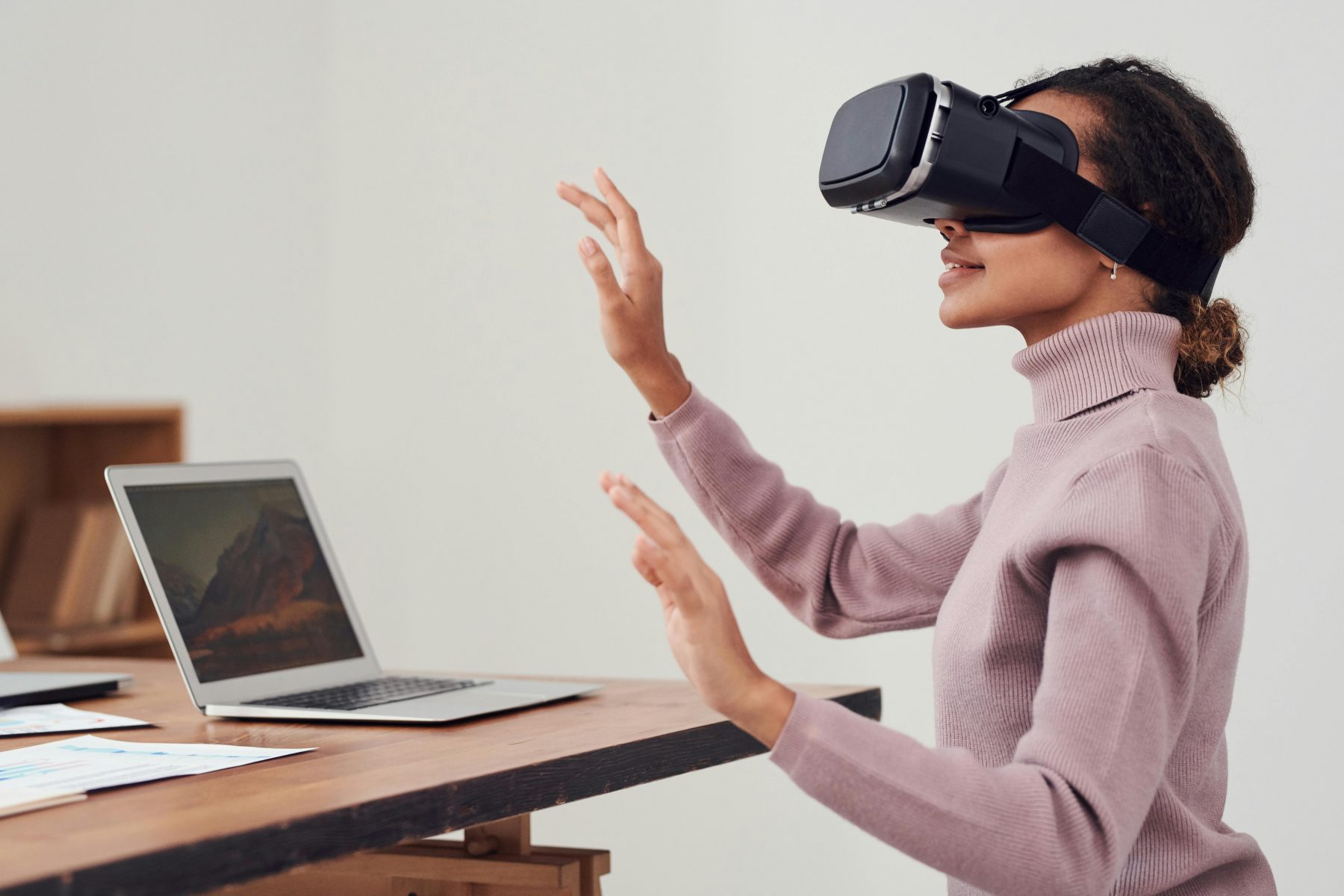
A virtual visit to a kitchen tested anxiety and support.
Even after weight is restored, most patients with anorexia nervosa struggle with negative emotions, including fear and avoidance of certain foods and nutrients. Virtual reality (VR) may be helpful for some patients, and can provide helpful information for clinicians as well, according to a recent report. Psychologists from the University of Padova, Italy, and King’s College, London, have recently reported that their use of VR and positive stimulation helped reduce anxiety and fear among a group of AN patients (Int J Eat Disord. 2024.57:70).
In this study of 145 AN patients older than 14 years of age, who were recruited from day care or inpatient facilities in Italy and the UK, the participants were assigned to one of three forms of VR, all including a visit to a VR kitchen stocked with a variety of foods. A VR “pet” was also in the kitchen. One group of 50 patients took a baseline visit, with no support; (2) 46 others had a visit with positive mood induction; and (3) 49 had a virtual visit using social support.
Could a VR visit help reduce anxiety?
The researchers sought to examine whether a one-time VR visit with positive mood induction and/or social support would induce a greater reduction of food related fear and anxiety, over and above VR food exposure alone. The overall idea was to help AN patients develop a “safer” memory during exposure to food.
Before the study, all participants had training where they became acquainted with the VR program and tools. Once they entered the virtual kitchen, they could freely move about, open the cupboards and the refrigerator, and touch and hold the food. They could also use joystick-driven smooth locomotion and teleportation, as an alternative way to explore and interact with the environment. Two participants dropped out early; one found the exposure to virtual foods too stressful, and a second patient was afraid of falling, due to osteoporosis.
Later, the remaining participants completed self-report assessments of anxiety (the Eating Disorder Examination Questionnaire (EDE-Q) and the Depression and Anxiety Stress Scales (DASS-21). The DASS-21 is a 21-item self-report that uses three subscales to measure symptoms of depression, anxiety, and stress. In the virtual environment, before and after exposure to the kitchen, patients were asked questions related to their level of anxiety, such as “How anxious do you feel right now?” and “How happy do you feel right now?” Other questions centered on social support and hunger before and after virtual food exposure. The number of eye gazes and touches toward foods were recorded during the VR exposure.
Inducing a positive and mood reduced food-related anxiety
The positive mood induction session was associated with greater reduction of food-related anxiety compared to the other two conditions. This suggests that strategies to improve positive mood might be helpful in inhibiting food-related anxiety. According to Cardi et al. (Eur Eating Disord Rev. 2019. 27:173), learning mechanisms play a crucial role in the development of food-related fears and anxiety in AN, and effective inhibitory learning of food fears requires developing new positive associations with food stimuli.
A secondary aim of this study was to compare the number of food touches and gazes toward virtual food items between conditions. No differences between food-directed gazes were detected, but patients in the baseline group handled foods more often than those in the social support and positive mood conditions. Interestingly, the number of food touches was not associated with reduction in food-related anxiety found in the positive mood condition. This suggests that “food avoidance” (i.e., fewer food touches) did not explain the reduction in food anxiety.
A few negatives
The authors also examined the role of the pet avatar and its effects upon virtual visitors. They noted that it was possible that the pet avatar might have given the patients feelings of safety and reassurance rather than inducing a positive mood. Further studies with larger numbers of patients might help clarify this.
While exposure to the positive mood condition was associated with greater food-related anxiety compared to the baseline kitchen condition, the authors were surprised that the same did not hold true for the social support condition. Although patients overall endorsed the idea of receiving some kind of social support in the kitchen, they also tended to find the avatar characters somewhat scary, and reported that these characters also appeared too close to the screen and the food.
At the end of the study, the authors reported that virtual food exposure enhanced by positive mood induction may be a feasible approach to strengthen the impact of food exposure in AN patients.

